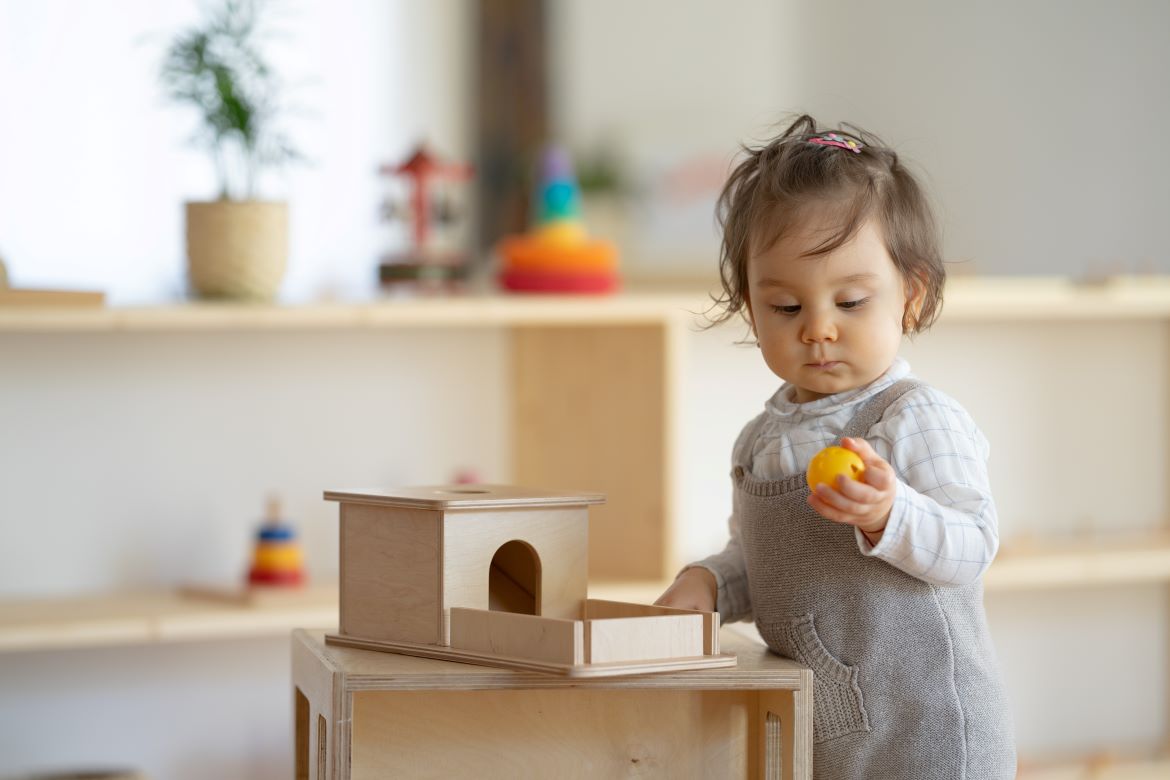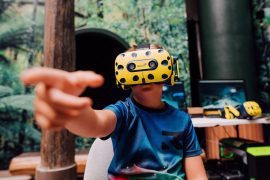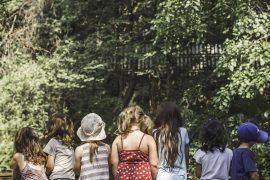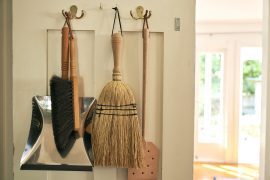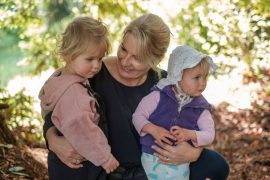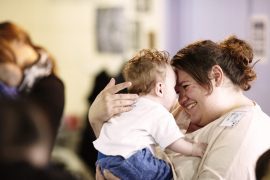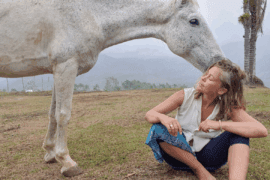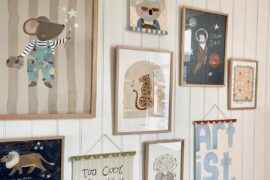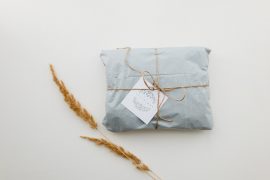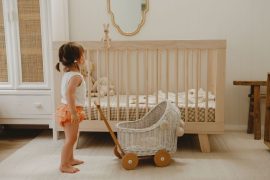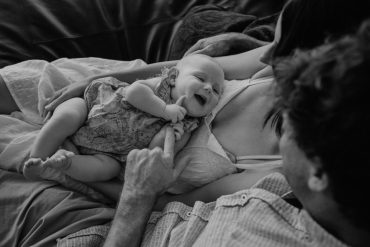Ever wondered if our traditional approaches to education need an upgrade to match the backdrop of the current world that is evolving at an unprecedented rate? How can we support our babies early on to meet the unforeseen challenges of the present times? How can we impart 21st-century skills that work? Given the lightning speed at which things are evolving, should you even bother teaching your child anything?
Wouldn’t it be nice to have a time-tested way in which, no matter what uncertainties the future holds, your child would be better prepared to deal with them?
The answer lies in the Montessori way of learning.
How can Montessori learning methods empower our children with essential 21st-century skills?
Riding on the transformative vision of Dr. Maria Montessori, the Montessori approach is both flexible and adaptive, A timeless wisdom that is as important today as it was a century ago.
Montessori’s 100+-year-old child-centred educational theories are neuroscience proven to be highly effective in supporting early development and preparing children for future success.
The focus is not on how well a child can memorise or recite. Instead, the primary agenda is to encourage the child to think through, understand, and ultimately develop solutions independently. The intention is to develop 21st-century skills that support growth.
The focus is not on how well a child can memorise or recite. Instead, the primary agenda is to encourage the child to think through, understand, and ultimately develop solutions independently.
Dr. Maria Montessori developed the ‘Montessori Methodology’, also known as the ‘Montessori Way’, a century ago, steering away from conventional methods of educating and raising a child. With her years of observing children as they are, instead of how adults would like them to be, Dr. Montessori realised that if we follow the child and let the child be the guide, then the whole journey of raising children will be much more manageable and joyful.
This method prizes self-led learning in a carefully organised environment called the “Prepared Environment”.
So, how do you prepare the Montessori environment for your child?
By practicing the art of observation and becoming a better-prepared adult!
Simply put, when you pause and take a step back and observe your child, you will be able to gauge their real needs and your notions and meet them accordingly.
A prepared environment is one where every room of the house is adjusted after a child’s birth to accommodate the needs and requirements of the child as they are an equal member of the house. No, it does not mean creating one nursery or a play area. Instead, it means creating space in every room of the house to instill 21st-century skills. And contrary to popular belief, it requires little effort.
As per the Montessori way of learning, little ones grasp better when unhurried, unfettered, and encouraged to explore. When they are allowed to learn at their own pace, make mistakes, and learn from their experiences, they comprehend better than direct teaching.
So how can the Montessori way help?
Maria Montessori proclaimed –
“Our care of the child should be governed, not by the desire to make him learn things, but by the endeavour always to keep burning within him that light called intelligence”.
Montessori learning philosophy is designed around how a child learns the best 21st-century skills for survival. Through the use of their senses (hands, mouth, ears & nose), they learn through exploration, curiosity, trials, and errors. During “sensitive periods”, children go through particular phases when they focus on learning and developing specific skills. Therefore, the overall learning environment must focus on the particular stage of the child’s learning curve.
The Montessori method is, therefore, child-led, meaning to provide learning opportunities to a child in the window of opportunity when they are best suited to learn and when they are curious to know it.
Let’s take the example of the sensitive period of movement from birth to 2.5 years when a child works towards mastery of movement. This period entails everything from lying on their back to rolling over and crawling on their stomach, to crawling on all fours, and finally walking and running. This is a journey a child takes on their own, not because we want them to but because they are naturally inclined to do so.
When a child is in a sensitive period, it is our responsibility as parents and caregivers to create a prepared Montessori environment for them that enables the child to develop their capabilities in the best way possible. For example, when your child is learning to hold their neck, tummy time activities on a pillow or a spinning drum can help them strengthen their neck and core muscles required to roll over. When they are learning to crawl, you may want to give a rolling bell that entices them to reach, grasp, and finally crawl. A walker or a child’s mop can help your little toddler gain strength in their lower limbs to help with walking. All such things prepare young children with necessary 21st-century skills that aid learning and development.
Montessori learning philosophy is designed around how a child learns the best 21st-century skills for survival. Through the use of their senses (hands, mouth, ears & nose), they learn through exploration, curiosity, trials, and errors.
You don’t sit with a baby with a book to teach words and language. They absorb it through their senses, and lo and behold, they can speak to you in your language. And everyone knows how hard it is to learn a language in adulthood. That is because the sensitive period of language happens between ages 0-6 yrs, and this is the best window of time to expose your child to multiple languages, especially at home with easily accessible Montessori online materials.
Why is it important for young children to learn 21st-century skills?
Research shows that 80% of brain development in children happens by the age of 2, and that’s why it is essential to leverage the early “sensitive periods” where a child is highly attuned to learn something in the best possible way.
Montessori’s early learning material, popularly known as Montessori toys, can also be beneficial in introducing complex concepts to little children from an early age. It becomes especially helpful if you cannot access a Montessori learning school around you.
Montessori toys are sensory-based learning tools made from natural materials and fibres such as wood and cotton. They are designed to provide infants and early learners with sensorial stimulation through play and learning. Children are introduced to 21st-century skills through repetition and practice strategies from a young age.
While Montessori online materials/toys are simple to use, they have a profound ability to teach complex topics in unconventional but relatively easier ways.
When presented in a structured way and a sequence, from easiest to hardest, in accordance with your child’s developmental needs and interests, it can be immensely beneficial for a young child to develop early academic fundamentals. A clear sequence provides children with a logical pathway to learning that promotes the gradual layering of knowledge to establish foundational learning. Your child will have the best experience when the toys are introduced in this way rather than randomly.

